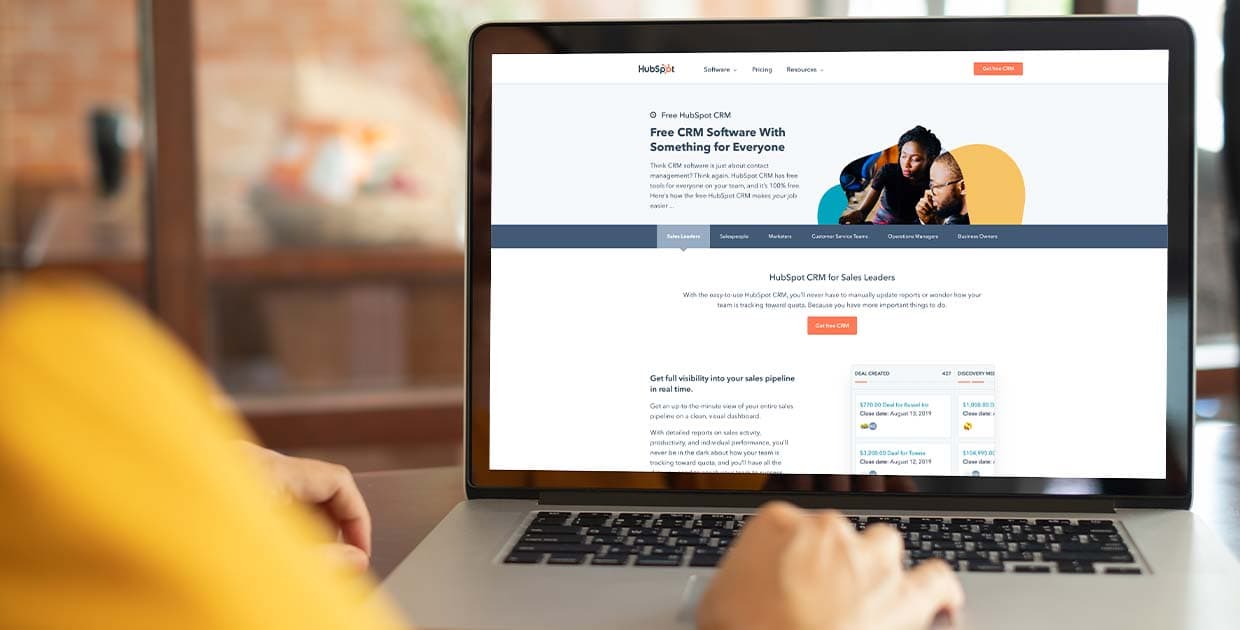Making a good job of remote work
Coronavirus brought on radical and uneven disruption to operate and people’s personal life about the world. The dilemma for businesses, policymakers and workforce nowadays is how remote functioning evolves in the for a longer time expression and regardless of whether they can harness its added benefits.
When Covid-19 struck, decision makers necessary to know how numerous people could operate outside the place of work, in purchase to forecast the financial damage and prepare responses. We employed past surveys to classify which actions could be carried out from home and which — these kinds of as individuals necessitating protective or security tools or functioning directly with the community — could not. We approximated that 37 for every cent of US careers could be done solely from home.
Yet this regular masks stark differences by locale, activity and profits level in workers’ qualities to preserve their careers without the need of jeopardizing exposure to Covid-19. Nearly 90 for every cent of roles in finance, with a median hourly wage of about $35, can be done from home. Nearly none can be in food stuff planning, cleansing or farming, which commonly pay a lot less than $fifteen for every hour. About 50 percent of the workers in know-how hubs these kinds of as Silicon Valley could continue to be at home, but much fewer in enjoyment-pushed Las Vegas.
There are significant differences internationally. In Luxembourg, one particular of the wealthiest nations for every capita, the the greater part of careers can be done from home. In Italy and Spain, the share is about one particular in a few. In Mexico or Turkey, it is one particular in 5.
Even though our estimates have been centered on pre-pandemic facts, they aligned properly with the genuine share of careers done from home as measured by subsequent surveys, with reduced-profits workers and nations experiencing dismal financial circumstances. It is as well early to notify how homeworking affected productiveness, although surveys advise numerous have uncovered the working experience far better than envisioned.
But when examining their organisations’ overall performance in the pandemic, administrators should really preserve two warnings in head. First, beware of confounding circumstances. Corporations typically run experiments to assess the affect on profits in advance of adopting new systems. That did not happen final spring. Employees begun functioning remotely out of the blue, from a backdrop of university closures, collapsing demand and the worst community health crisis in 100 a long time.
Next, a short-term shift to functioning from home might be extremely diverse from a long-lasting alter. We created our investigation without the need of assembly, but we had been colleagues for 5 a long time. Relationship funds calls for human financial commitment, and inquiring new workforce to operate alongside one another remotely is not the similar as for an set up team.
Distant functioning was technologically feasible in advance of Covid-19. It might consider off afterwards, but the course of action will not be automated. Experience demonstrates it usually takes time to regulate company procedures to use new systems successfully.
In 1987, the Nobel Prize-successful economist Robert Solow quipped: “You can see the pc age just about everywhere but in the productiveness figures.” Sooner or later, Walmart deployed IT-pushed stock systems and Charles Schwab’s system assisted catalyse online securities trading. It took virtually a ten years in advance of aggregate productiveness surged.
Enthusiasm about a new know-how typically arrives properly ahead of its thriving adoption by businesses. Educational investigation demonstrates how deployment calls for complementary managerial and course of action investments that could possibly even temporarily depress measured productiveness.
It also usually takes time for social norms to regulate to variations in the locale of operate. Two hundred a long time ago, the industrial revolution shifted creation from houses to factories. New operate underscores that this took a long time. The factory program develop into dominant only after considerable innovations to organisation and administration.
A broad shift from factories and workplaces back again to houses will need workers, administrators and organizations to navigate trade-offs if they are to realise the transformative opportunity of remote operate. For example, how can they get the added benefits of spreading a team across situations zones without the need of sacrificing co-ordination and camaraderie? How can they check employees’ productiveness and handling of private data without the need of digitally invading their privacy?
Policymakers also have an critical part to enjoy. Boosting digital infrastructure and disseminating greatest procedures might assist address the big cross-metropolis and cross-state disparities that we determined.


Current insurance policies might not be properly suited to a shift in the mother nature and geography of operate. New Hampshire has petitioned the US Supreme Courtroom to avoid residents who labored at home in the course of the pandemic but are generally employed in neighbouring Massachusetts from getting taxed there. The dispute is probable to be the first of numerous.
Will people devote as a lot time functioning at home in 2030 as they did in 2020? Distant operate obtained ground mainly because of the pandemic and has the opportunity to produce fantastic long-expression added benefits for businesses and workers alike: fewer commutes, much less expensive home and a larger pool of talent and careers.
But our pressured episode of remote functioning more than the past year is not adequate to deliver individuals added benefits. Business leaders, business owners and policymakers contemplating creatively in the coming a long time will establish regardless of whether and how swiftly remote operate gets a long-lasting legacy of the pandemic.







